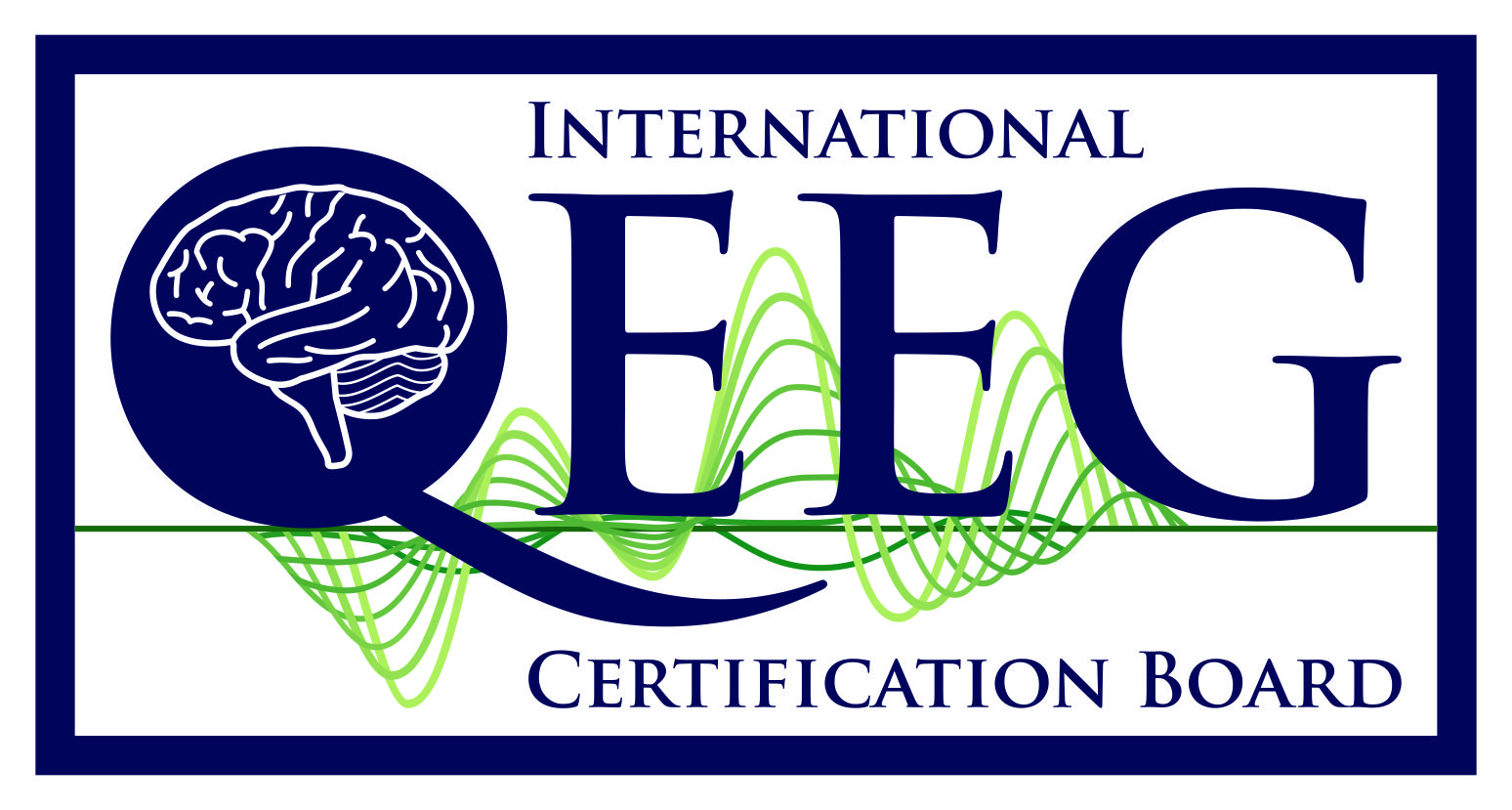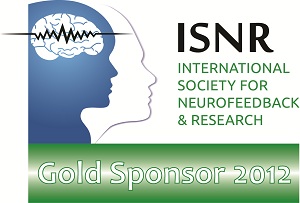StressTherapy Solutions presents
BCIA Didactic Course – Neurofeedback Bootcamp for Beginners
October 17, 18, 24 & 25, 2024
Online Workshop
Workshop to be presented in Spanish Only

Dolores Gaxiola MD, QEEG-D, BCN
Total CEs: 36 Hours
Workshop to be presented in only Spanish
Haga clic en el enlace aquí para ver esta información del taller en ESPAÑOL.
Whether you’re looking to become familiar with neurofeedback or expand your existing knowledge, this course serves as a guide to navigating basic steps that will improve and enhance your practice. This program not only explores the use of neurofeedback software and equipment, but also brings to light current research and treatment techniques that have ensured positive changes in clients and benefited clinicians worldwide. It is also the only course that introduces database guidance and live Z-score training! Practitioners seeking BCIA certification can also earn up to 36 credit hours if they attend the full course!
This workshop also offers an extra day of hands-on training that provides familiarity and experience! This practicum will be held at the end, and can be purchased for an additional fee. Equipment is not required for attendance, as guests may pair up for practice. ($195 for workshop attendees, $250 for non-attendees).
BCIA Blueprint Areas
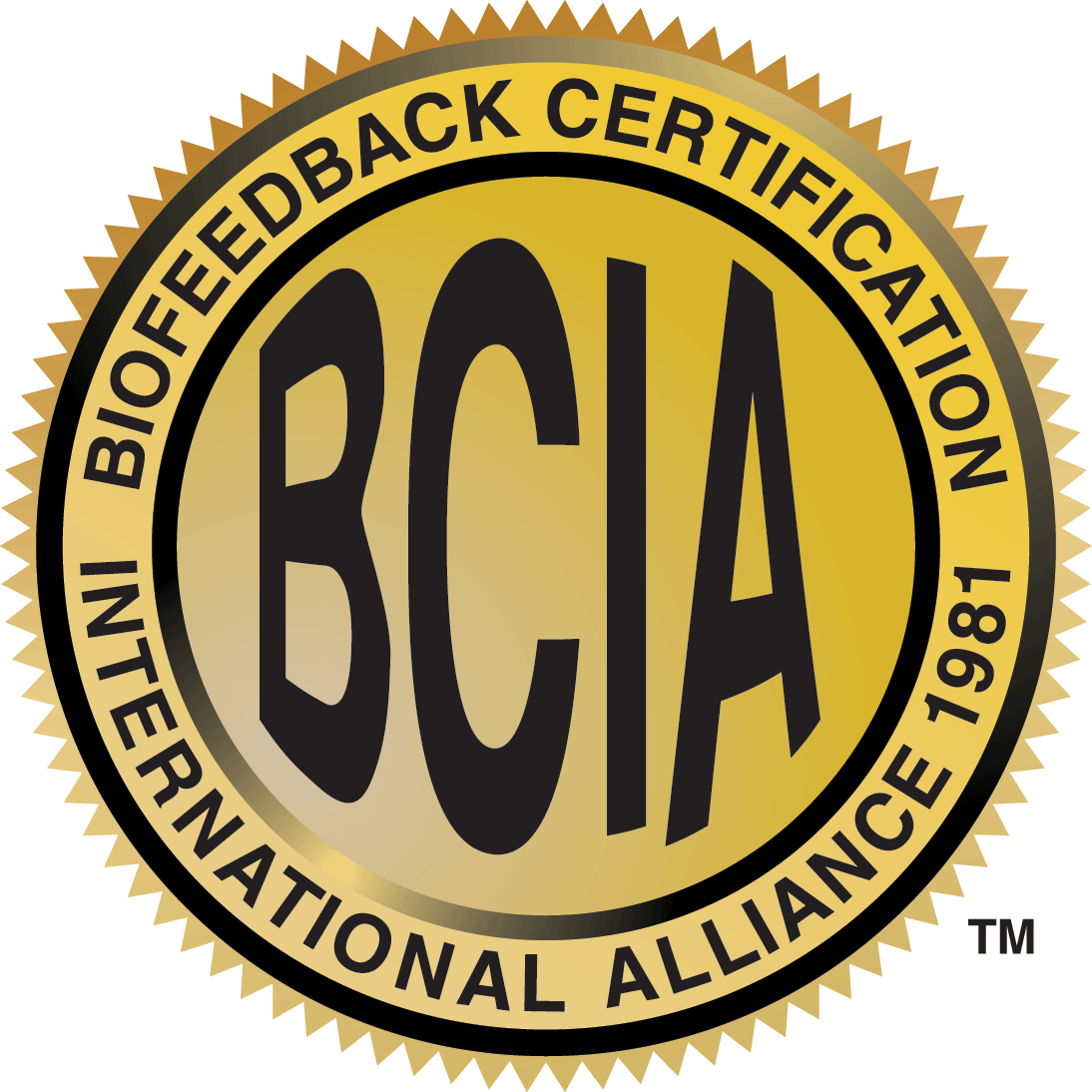
- Orientation to Neurofeedback – 4 hours
- Basic Neurophysiology and Neuroanatomy – 4 hours
- Instrumentation and Electronics – 4 hours
- Research Evidence Base for Neurofeedback – 2 hours
- Psychopharmacological Considerations – 2 hours
- Developing Treatment Protocols – 6 hours
- Treatment Implementation – 6 hours
- Ethical and Professional Conduct – 2 hours
- Current Trends in Neurofeedback – 2 hours
- Patient Client Assessment – 4 hours
Learning Objectives:
-
1. Identify whether a client is suitable for neurofeedback
2. Describe the fundamentals of neurofeedback training
3. Explain how to use a relaxation protocol using neurofeedback specific to the client’s presentation
4. Describe how to run a neurofeedback session with a client
5. Identify how to make necessary adjustments to a neurofeedback protocol that maximize positive outcomes based on the client’s presenting symptoms.
6. Contrast the conditions appropriate for neurofeedback training (i.e., anxiety, stress reduction, attentional difficulties) and when it is not appropriate (i.e., practitioner is unfamiliar with the diagnosis, client is unable to engage in training due to moderate to severe emotional distress)
7. Explain how to construct an ongoing care plan using neurofeedback tailored to the client’s needs
8. Describe various neurofeedback recording devices
9. Summarize the various approaches utilized in conducting neurofeedback
10. Differentiate the levels of scientific research
11. Specify the proper ethics as a neurofeedback provider
12. Identify the proper level of research power in studies
13. Define the various functions of cortical structures
14. Describe examples of the various contemporary methods of neurofeedback and stimulative interventions
15. Define the concept of neuroplasticity
16. Explain the 10-20 International Standard measurement for 19 channel EEG recording
17. Evaluate the various sources of non-cortical artifact
18. Analyze various methods of EEG assessment
19. Apply the steps in conducting a qEEG analysis
20. Describe the various frequency bands and qEEG components (i.e. coherence)
21. Define the Peniston Protocol and its various utilization in Neurofeedback
22. Describe the various similarities and differences in traditional neurofeedback and Z-score and sLoreta neurofeedback
23. Differentiate relevant issues pertaining to scope of practice issues: Instructors include statements that describe the accuracy and utility of the materials presented, the empirical basis of such statements, the limitations of the content being taught, and severe and most common risks.
24. Identify pertinent client rights and standards of care
Educational Objectives
- Provide the required didactic instruction for BCIA certification
- Provide hands on practicum for attendees to learn to operate hardware, software, and run a training session
- Discuss clinical assessment, protocol development, and client care
Purchase Options:
Full Workshop – 4 Days
Price of Workshop: $995 USD for 4 days

Daily Itinerary All times are based on Central Daylight Time (GMT-5) :
Day 1 | Day 2 | Day 3 | Day 4
[Day 1] – Thursday, October 17
9:00 AM – 11:00 AM – Orientation to Neurofeedback (Definitions, History and Development of NFB, Overview of human learning principles, underlying assumptions)- 2 CEs
11:00 AM – 11:15 AM – Break
11:15 AM -1:15 PM – Orientation to Neurofeedback – (Definitions, History and Development of NFB, Overview of human learning principles, underlying assumptions) – 2 CEs
1:15 PM – 2:15 PM – Lunch
2:15 PM – 4:15 PM – Basic Neurophysiology and Neuroanatomy (Overview of neurophysiology and functional neuroanatomy) – 2 CEs
4:15 PM – 4:30 PM – Break
4:30 PM – 6:30 PM – Basic Neurophysiology and Neuroanatomy – (Overview of neurophysiology and functional neuroanatomy)- 2 CEs
6:30 PM – 6:45 PM – Break
6:45 PM – 7:45 PM – Research Evidence Base for Neurofeedback (Interpretation of the methodological and statistical criteria and procedures for determining levels of efficacy and effectiveness of NFB) Part 1 – 1 CEs (9 CEs)
[Day 2] – Friday, October 18
9:00 AM – 11:00 AM – Basic Instrumentation and Electronics (Essential terms and concepts , i.e., impedance, analog, and digital filters, etc., signal acquisition and artifact, signal processing, i.e., analog raw EEG, waveform morphology, etc., Aseptic techniques and instrumentation demonstration) – 2 CEs
11:00 AM – 11:15 AM – Break
11:15 AM – 1:15 PM – Basic Instrumentation and Electronics – (Essential terms and concepts , i.e., impedance, analog, and digital filters, etc., signal acquisition and artifact, signal processing, i.e., analog raw EEG, waveform morphology, etc., Aseptic techniques and instrumentation demonstration) – 2 CEs
1:15 PM – 2:15 PM – Lunch
2:15 PM – 4:15 PM – Patient Client Assessment ( Use of intake assessment, EG assessment, normative databases, ongoing assessment, and demonstration) – 2 CEs
4:15 PM- 4:30 PM – Break
4:30 PM – 6:30 PM – Patient-Client Assessment -( Use of intake assessment, EG assessment, normative databases, ongoing assessment, and demonstration) – 2 CEs
6:30 PM – 6:45 PM – Break
6:45 PM – 7:45 PM – Research Evidence for Neurofeedback Part 2 – (Interpretation of the methodological and statistical criteria and procedures for determining levels of efficacy and effectiveness of NFB) – 1 CEs (9 CEs)
[Day 3] – Thursday, October 24
9:00 AM – 11:00 AM – Psychopharmacological Considerations ( Effects of prescribed and non-prescribed drugs on EEG and impact on training) – 2 CEs
11:00 AM – 11:15 AM – Break
11:15 AM – 1:15 PM – Developing Treatment Protocols Part 1 (Evolution of Neurofeedback Protocols, protocol development, demonstration, and case examples) – 2 CEs
1:15 PM – 2:15 PM – Lunch
2:15 PM – 4:15 PM – Developing Treatment Protocols Part 2 – (Evolution of Neurofeedback Protocols, protocol development, demonstration, and case examples) – 2 CEs
4:15 PM – 4:30 PM – Break
4:30 PM – 6:30 PM – Developing Treatment Protocols Part 2 – (Evolution of Neurofeedback Protocols, protocol development, demonstration, and case examples) – 2 CEs
6:30 PM – 6:45 PM – Break
6:45 PM – 7:45 PM – Ethical and Professional Conduct Part 1 (Familiarity with the BCIA certification guidelines, professional standards and ethical principles, clinical practice, scope of practice client rights and supervision) -1 CEs (9CEs)
[Day 4] – Friday, October 25
9:00 AM – 11:00 AM – Treatment Implementation Part 1 (Client preparation for neurofeedback, Therapeutic relationship issues, procedures, and mechanics of conducting a neurofeedback session, introduction to alpha-theta training, full session demonstration) – 2 CEs
11:00 AM – 11:15 AM – Break
11:15 AM – 1:15 PM – Treatment Implementation – (Client preparation for neurofeedback, Therapeutic relationship issues, procedures, and mechanics of conducting a neurofeedback session, introduction to alpha-theta training, full session demonstration) – 2 CEs
1:15 PM – 2:15 PM – Lunch
2:15 PM – 4:15 PM – Treatment Implementation Part 2 – (Client preparation for neurofeedback, Therapeutic relationship issues, procedures, and mechanics of conducting a neurofeedback session, introduction to alpha-theta training, full session demonstration) – 2 CEs
4:15 PM – 4:30 PM – Break
4:30 PM – 6:30 PM – Current Trends in Neurofeedback (Identify current trends in the field, combining neurofeedback with other modalities)– 2CEs
6:30 PM – 6:45 PM – Break
6:45 PM – 7:45 PM – Ethical and Professional Conduct Part 2 – 1 (Familiarity with the BCIA certification guidelines, professional standards and ethical principles, clinical practice, scope of practice client rights and supervision) – 1 CEs (9CEs)

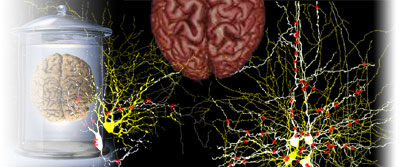

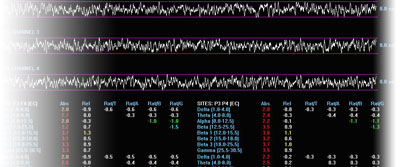
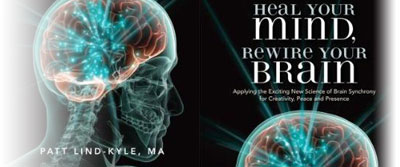
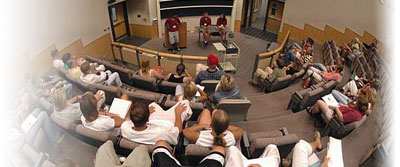
 Thomas Collura
Thomas Collura Steve Warner
Steve Warner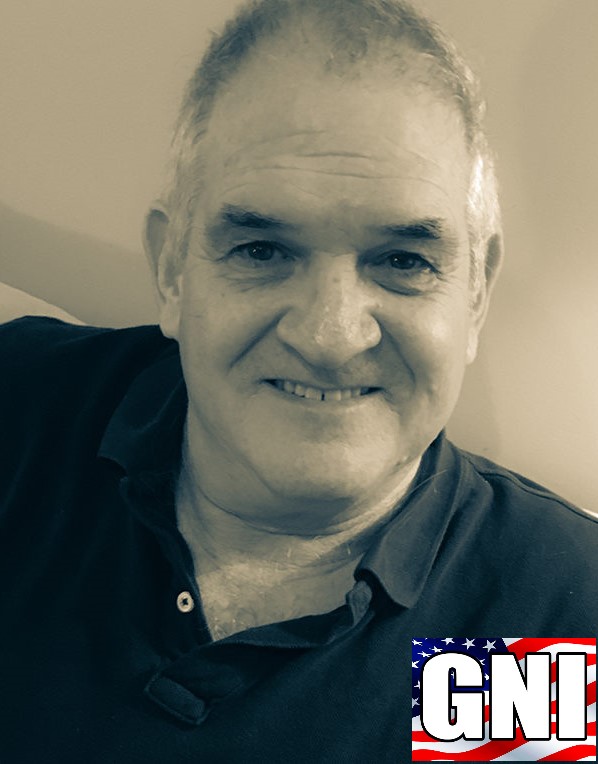 Jeff Reich
Jeff Reich Dolores Gaxiola
Dolores Gaxiola J. Michael Griffin
J. Michael Griffin Richard McAlister
Richard McAlister McGill Scott
McGill Scott John Demos
John Demos Penijean Gracefire
Penijean Gracefire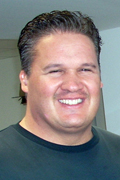 Bill Mrklas
Bill Mrklas Mark Smith
Mark Smith Dick Genardi
Dick Genardi Leonardo Mascaro
Leonardo Mascaro Thomas Brownback
Thomas Brownback Thomas Feiner
Thomas Feiner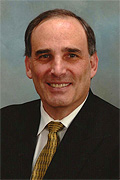 David Cantor
David Cantor Andre Keizer
Andre Keizer Joseph Guan -Tech
Joseph Guan -Tech Christen Stahl
Christen Stahl Jeff Tarrant
Jeff Tarrant Debora Joy Elliott
Debora Joy Elliott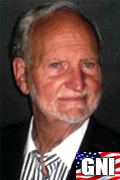 Jacob Elliott
Jacob Elliott Wes Center
Wes Center Rich Davis
Rich Davis Lori Miller
Lori Miller Giuseppe Chiarenza
Giuseppe Chiarenza Yvonne Tate
Yvonne Tate Lisa Black
Lisa Black Kathie Schofield
Kathie Schofield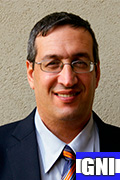 Doron Todder
Doron Todder Jay Gattis
Jay Gattis Donna Creasy
Donna Creasy Kristen Elliott
Kristen Elliott Dayna Naver
Dayna Naver